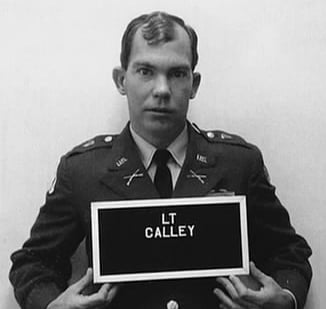The My Lai Massacre, 1968 (Edexcel GCSE History): Revision Note
Exam code: 1HI0
Summary
The My Lai Massacre greatly damaged the reputation of the US military and government. Photographs of dead children and babies, killed by American soldiers, led to US troops regularly being called ‘baby killers’ by protestors. The American army originally claimed that the operation in My Lai was a success and this led to accusations of a cover-up. Further anger was caused when only one person stood trial over the My Lai Massacre and his punishment was greatly reduced from life imprisonment to three years house arrest.
What was the My Lai Massacre, 1968?
The My Lai Massacre was the murder of at least 347 men women and children, including babies, by US troops during a search and destroy mission in South Vietnam
Some of the women were raped before they were murdered
Other estimates claim as many as 500 villagers were killed
The US Army reported that the mission had been a success and claimed that 128 Vietcong fighters had been killed
How was the My Lai Massacre exposed to the public?
In March 1969, an army whistleblower wrote to several members of the government outlining what he had heard about the massacre
These letters, one of which was sent to resident Richard Nixon, which triggered an investigation
At the same time, photographs of the massacre that an official war photographer had taken were leaked to the public
This led many Americans to believe that US soldiers were murderers and that the US government was guilty of covering the murders up

Calley’s Trial, 1970-1971
Lieutenant William Calley was the commanding officer of the troops who committed the massacre
In 1970, he was formally charged with the murder of 109 people
Calley claimed that he had been following direct orders and 18 further officers were charged with offences relating to the massacre
Calley was the only person who ever stood trial for crimes committed at My Lai
Calley was found guilty of 22 murders and sentenced to life imprisonment
He appealed and was released by President Nixon after just three years of house arrest on a military base

Examiner Tips and Tricks
For question one of this paper, you must identify two inferences from a historical source. The structure of your answer will be set out by the paper. It starts with: ‘What I can infer:’ and provides lines for you to record your answer. It is in this space that you must write down what is suggested or implied by the source. Underneath, it will say: ‘Details in the source that tell me this:’ and it is here that you record quotes refer to specific parts of an image.

Unlock more, it's free!
Did this page help you?